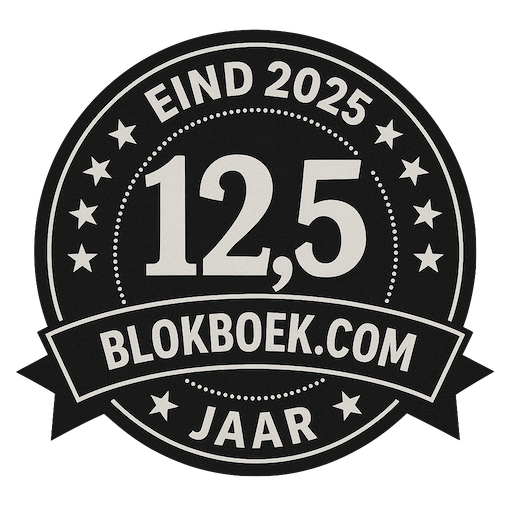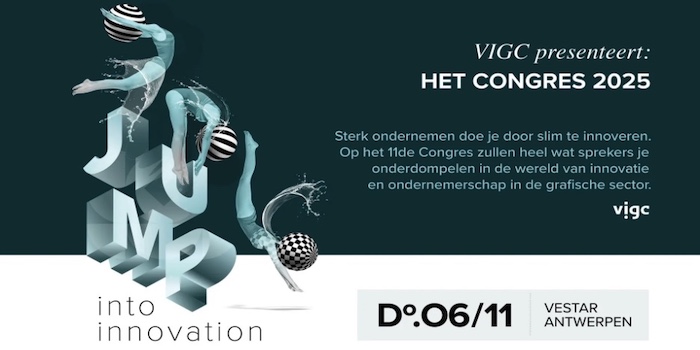Bewaak de duurzaamheid
 Het wekelijkse Verdigris blog van Laurel Brunner
Het wekelijkse Verdigris blog van Laurel Brunner
Het zou normaal zijn te verwachten dat bedrijven ervoor kiezen om hun eigen duurzaamheidsprestaties te controleren. Toch kunnen we er nog steeds niet in slagen dit op realistische schaal te doen. Dit is gevaarlijk voor de grafische industrie, want het alternatief is regulering door externe instanties. Dit zien we al terug in beperkingen op het gebruik van chemische stoffen en de verwijdering van afval.
Lees hier de volledige Blog van Laurel in het Engels
It should be a normal expectation that companies would choose to police their own sustainability performance. And yet we still cannot manage to do it on any sort of realistic scale. This is dangerous for the graphics industry, because the alternative is regulation by external entitites. We already see this in restrictions on chemical usage and the disposal of waste.
However self-regulation can be very successful, especially if it is done on a large scale and in partnership with government. The topic was recently discussed at a meeting of the Global Product Stewardship Council in Australia. The Australian government’s department of the Environment and Energy hosted this forum in order to better understand the various product stewardship and responsibility programmes operating in the country. The idea of this consultation exercise was to help the government to get sufficient information for a review of its Product Stewardship Act, so that it could be updated to be more current.
The consultation provided practical insights to the Australian government across industries, including publishing. A wide range of speakers contributed, mainly coming down on the side of regulation. A lot of the speakers represented organisations with a vested interest in a rules based system. If there are laws to abide by, there is an opportunity for providing the services required to ensure legal compliance. Investment in the relevant processes and plant can be more confidently made because the law requires compliance guaranteeing a steady flow of customers and revenues.
But the idea of regulation for the common good or as a means of creating business opportunities is not universally popular. A group of Australian newspaper and magazine publishers tend to the self-regulatory end of the spectrum. They have been working in partnership with the government for a number of years to avoid it. The National Environmental Sustainability Agreement (NESA) is a voluntary agreement between the Australia’s government, major magazine and newspaper publishers and Norske Skog Australasia, the country’s leading newsprint and magazine paper maker. Norske Skog is also the top processor and user of post-consumer waste newspapers and magazines in Australia. The publishers involved are: News Corp Australia, Fairfax Media, Seven West Media, Pacific Magazines, APN News and Media, and Bauer Media Group. Together they are committed to recycle 77% of newspaper products.
A key principle of this agreement is that no legislation is required and that “Publishers also commit to advancing recycling, purchasing newsprint with recycled content and providing $1,000,000 advertising space to governments to promote recycling. The industry signatories will provide transparent and reliable annual data on the performance of this agreement.”
NESA started in 1992 and is reviewed every five years. Since it came into force Australia’s recycling rate has risen from 28% to 78%. But over the last five years newsprint consumption in Australia has fallen by around 40%, so it is not clear what the NESA will look like if it is renewed after the current agreement expires in 2020. Whatever its future, NESA has set a benchmark for environmental agreements between publishers and governments. Australia is leading the way in its environmental partnerships and its approach deserves a closer look.
Laurel Brunner
This article was produced by the Verdigris Project, an industry initiative intended to raise awareness of print’s positive environmental impact. This weekly commentary helps printing companies keep up to date with environmental standards, and how environmentally friendly business management can help improve their bottom lines. Verdigris is supported by the following companies: Agfa Graphics, EFI, Fespa, HP, Kodak, Kornit, Ricoh, Spindrift, Splash PR, Unity Publishing and Xeikon.

De trainingen voor 2022 staan gereed. Kijk voor het volledige online aanbod van bestaande- en nieuwe trainingen op de website.
BLOKBOEK.COM EN PRINTMEDIANIEUWS: HET OPTIMALE DOELGROEP BEREIK


















